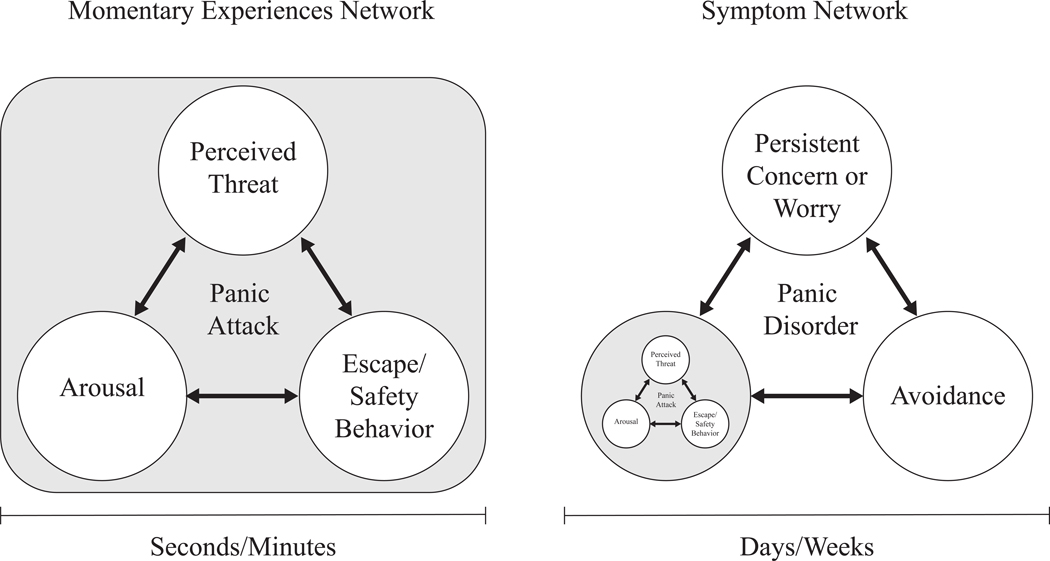Figure 3. Illustrating symptom networks and momentary experiences with the example of panic disorder.
Panic disorder comprises three core symptoms (recurrent panic attacks, persistent concern or worry about those attacks, and avoidance behavior) that play out on a time scale of days, weeks, or even months (e.g., to meet criteria for panic disorder, these symptoms must persist for at least one month). Panic attacks, in turn, comprise momentary experiences of arousal-related bodily sensations, a sense of impending threat (e.g., fear of having a heart attack), and an urge to escape from or mitigate that threat. These momentary experiences play out over the course of seconds of minutes (e.g., to meet criteria for a panic attack, these experiences must surge to a peak within 10 minutes). Cognitive behavioral theories posit that causal relations at both of these time scales play critical roles in panic attacks (Clark, 1986) and panic disorder (Goldstein and Chambless, 1978). A critical challenge for the network approach literature will be determining precisely how processes at these different time scales interact with one another (cf. Wichers, 2014).

